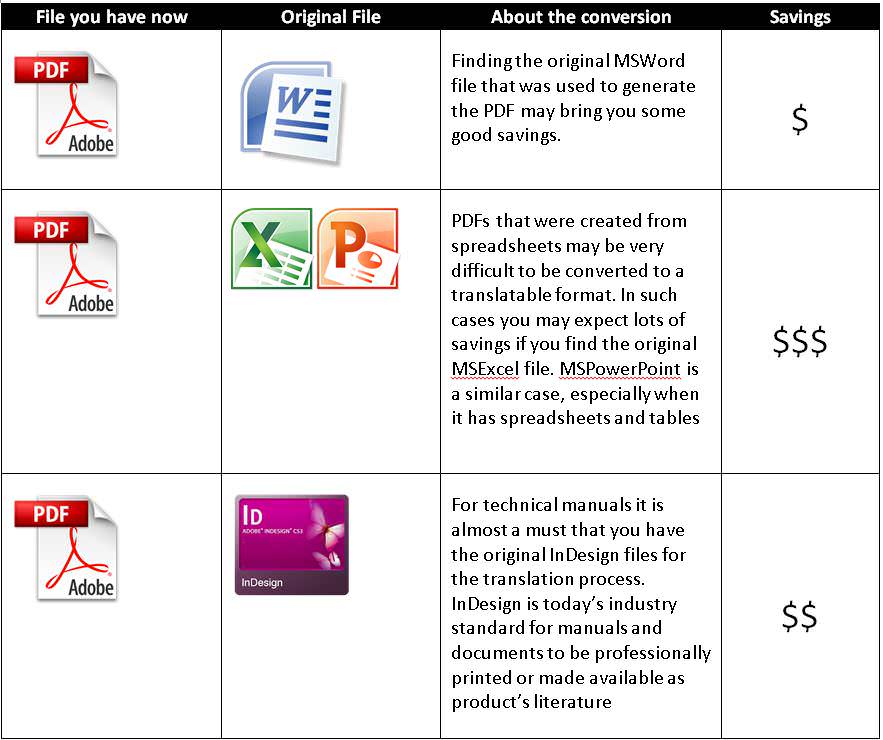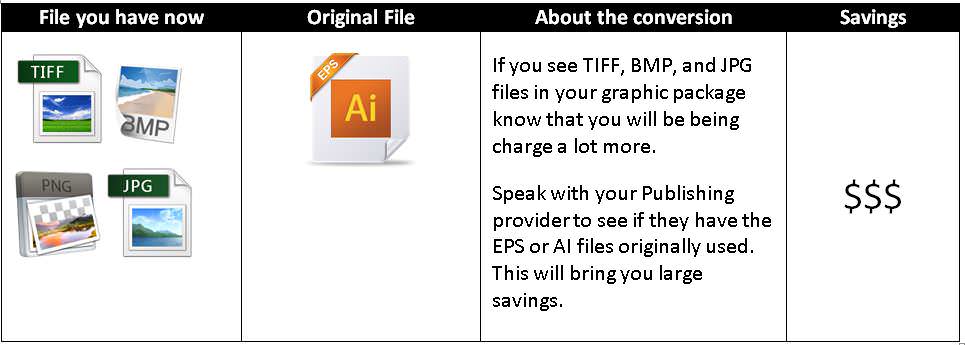11 Translation Secrets Every Buyer Should Know
Posted on:
Here are the top 11 secrets EVERY TRANSLATION BUYER should know:
1. Professional translation takes time
Asking for a 50,000-word document to be translated overnight will only make you look like a person who lacks common-sense. A professional translator will translate an average of 2,500 to 5,000 words per day depending on subject matter and complexity. Even a team with multiple translators will still have limits, so you should plan yourself ahead of time.
2. Schedule your translation for before you need it
This way, if your project gets delayed, you will not be affected. Translation projects are managed and provided by human beings. Human beings get sick, and different than some people think, no translation companies keep a team of translators sitting idle as a backup for when this happens.
Be diligent and avoid being caught in one of these situations. When this happens, many providers will simply tell you that “if they rush the quality of your project will suffer”…leaving all the loss and responsibility with you.
3. Translation memory will save you the most
Your provider should retain a memory of previous translations to avoid duplicate work in the future. Translation memories (aka TMs) will enable you to save money across documents and projects. Savings may be as high as 70% for clients. Note that translation memory is NOT the same as machine translation.
4. Translation and Interpretation
Translation is writing-based. It may be a hard-copy or a digital file being translated. As long as it is “writing” we will call it Translation.
Interpretation is the act of conveying the meaning of a spoken sentence in a different language. Interpretation is not translation. And, when you call a language service provider mixing up such basic terminology they will promptly know you don’t know a thing about the language services industry.
5. No serious translation company will sell you ‘Google Translation’
To think that a company will take your money and at the end deliver a machine translation like the one provided by Google Translate is simply naïve.
Most translation providers will deliver what we call TEP, which means Translation + Editing + Proofing. Translation is done by the main translator(s) while the editing is done by another translator (or translators if a project is large), and finally the whole material will be proofed before delivery.
Human translation remains pretty central to the translation service industry.
7. Machine Translation is actually useful for few specific purposes
Machine translation is mostly helpful for “exploratory translation”. In cases where a client would need hundreds of thousands of pages translates a human translation would be economically unfeasible. In such cases the client usually need to know the meaning of the documents without a quality required for publishing. There are some steps that can increase the quality of machine translation and make it substantially better than what you would get from free tools such as the Google Translate.
8. Make sure you really need everything translated
In some cases you don’t actually need a translation. For instance, when a law firm needs to go through several evidences in a foreign language to decide what to use in court. In such cases, a translator could provide a “summary” of each document after reading the batch. This would enable the law firm to decide which documents would really need translation saving big bucks.
9. What is the right price for translation?
Large language translation providers usually charge the most. You should ask yourself if you really need all the whistles and bells they offer. And, some of your money will be going to things such as expensive advertising and rock-star sales people that you don’t necessarily need.
Tiny small translations or individual translators, on the other hand, may represent a risk that do not justify the lower rate. Such providers, when facing unexpected situations like problems in their families or a missing main translator, may take the decision to outsource your job to amateur translators instead of letting you know about the problem.
Medium-size translation providers without the high overheads that large companies have and with enough resources to safely take care of your assignments are usually the best choice.
10. Avoid the temptation to do it yourself
Professional translation is a technical business. Just because you have a bilingual in your team it doesn’t mean you can get a document professionally translated.
The value added by a translation company includes translator recruiting, project management, quality control, desktop publishing, conversion of currencies and measures, and operations with different kinds of files and software.
That’s why teachers, academics, and students will not be a good choice as well.
11. Must requirements for the translators work in your project
These requirements are the minimum acceptable for a professional translation to be published: (1) translator is native in the target language, (2) translator is experienced in the subject matter being translated, (3) translator is committed to provide quality translations.


